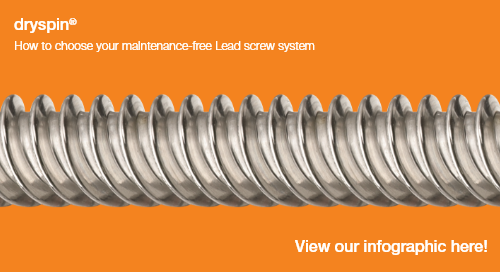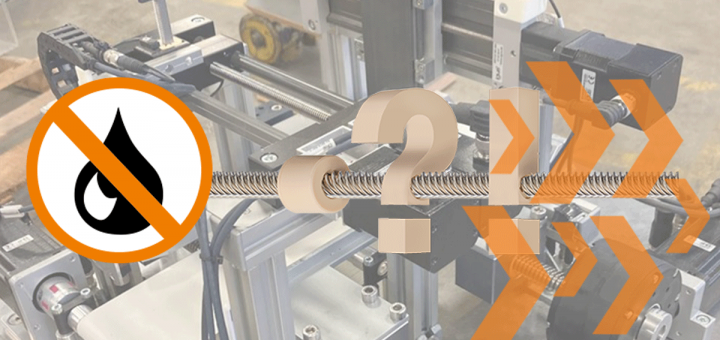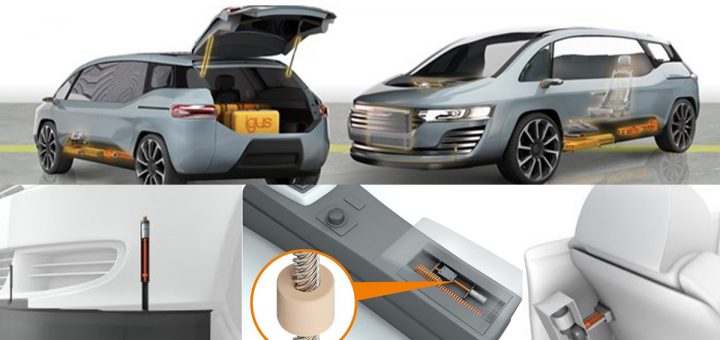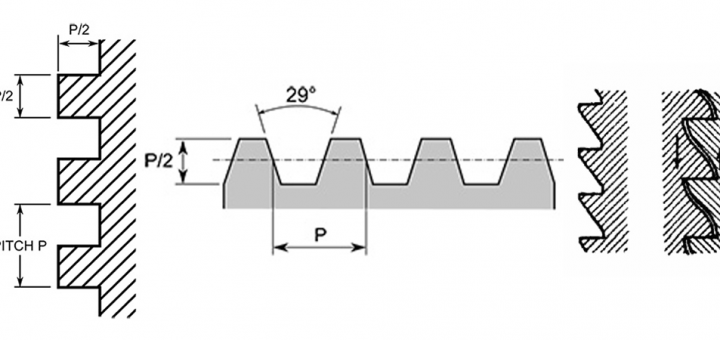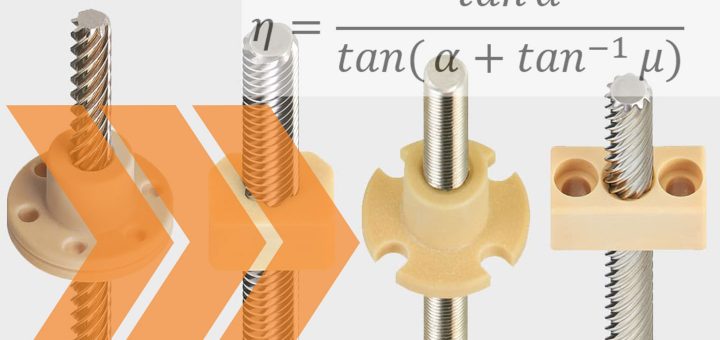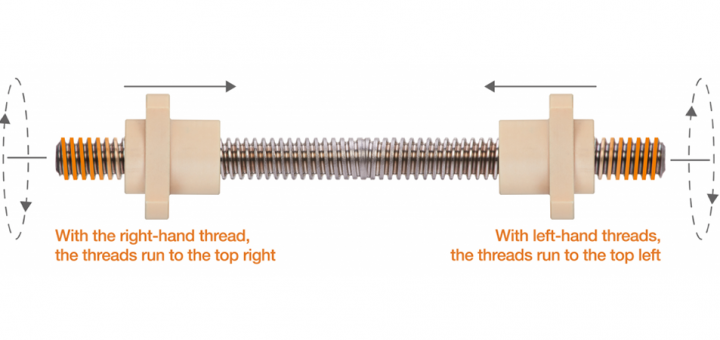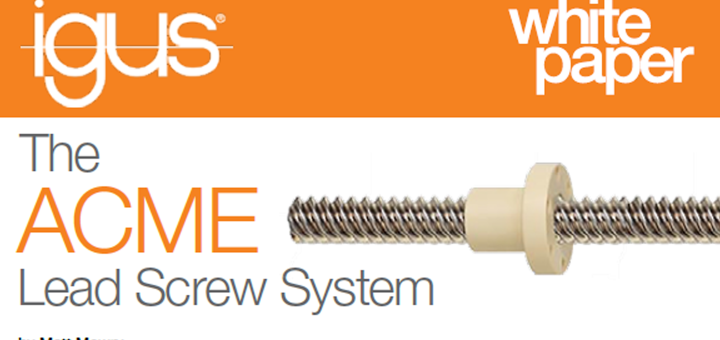Tagged: screws
Are lubricants really needed for format adjustments in packaging machines?
By Bastian Mehr Most packaging machines have a number of format adjustments. They often utilize trapezoidal lead screw nuts and a corresponding lead screw. Many format adjustments are also still constructed using metal lead...
Car Actuators – Go lighter, quieter, and corrosion-resistant
By Erin Kemal You may be surprised at the complexity of car actuators. These are constantly working secretly to convert energy into movement. This can be for a multitude of functions and operations, such...
What is a Lead Screw?
By Shizu Yamaguchi Introduction If you have made it here, you are likely wondering what a lead screw is. And you may have some questions about pitch, lead, starts and thread types. In this...
Efficiency and effectiveness: Is there a difference and how are they calculated?
By Zoe Moser In general, efficiency indicates the effectiveness of a device when conversion losses are taken into account. Efficiency, abbreviated with a small eta (η), describes the relation between the delivered power (effective...
Ball Screw vs Lead Screw: How to Choose the Right One
By Matt Mowry Within the world of linear motion, screw-driven actuators are one of the most commonly used devices when converting the rotary motion of a motor (stepper, BLDC, servo, DC) into a linear...
How can I recognize my lead screw’s thread direction?
By Zoe Moser The thread cutting direction right or left can be easily determined with a visual inspection. If you look at the lead screw from the front, you can best see the difference...
The ACME Lead Screw System White Paper
One of the most common lead screw geometries in North American manufacturing is the ACME lead screw system. Designed with a trapezoidal shape, a flank angle of 29 degrees and a higher pitch than fastening...

